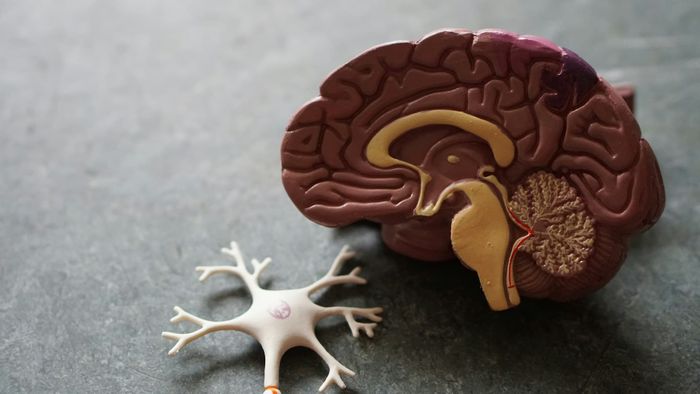While Brainspotting and EMDR share several essential ideas, they differ in numerous crucial ways:
Focus: Brainspotting employs a more inward, body-centered approach. Therapists help clients find "brainspots" - places in the visual field that correspond to emotional intensity from the trauma. The emphasis is on discovering inward feelings and emotions related to the brainspot. In contrast, EMDR focuses on particular traumatic memories and related unpleasant feelings. The therapist works with the client to identify these memories beforehand, and then employs bilateral stimulation to help them process.
Structure: EMDR employs a well-defined five-phase procedure. Each phase has particular goals and actions, providing a systematic framework for therapy. Brainspotting, on the other hand, provides a more adaptable method. The therapist customizes the session based on the client's answers and the growing brainspot. This provides for a more personalized experience, but it may feel less organized to certain customers.
Intensity: Emotional processing in EMDR can be strong at times when clients address specific traumatic experiences. Brainspotting, which focuses on bodily sensations and internal signs, might be a more mild approach. This can help individuals who find EMDR too stressful or who struggle to access certain memories.
Talking: EMDR usually involves more verbal processing. Therapists may ask clients to express their thoughts and recollections in depth while using bilateral stimulation. Brainspotting focuses less on verbal processing. The emphasis is on seeing and experiencing interior feelings and emotions without the need to describe them. This might be useful for customers who find it challenging to discuss their experiences.
Ultimately, the "better" option is determined by your own needs and preferences.


